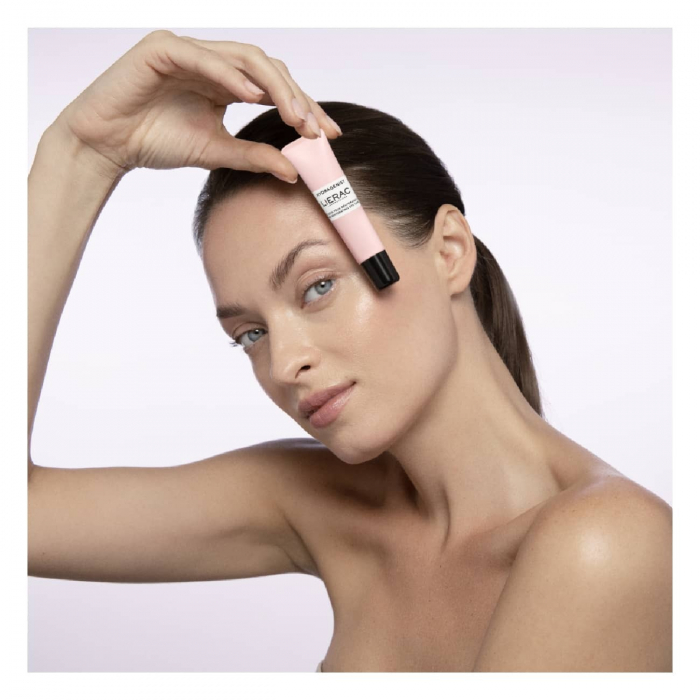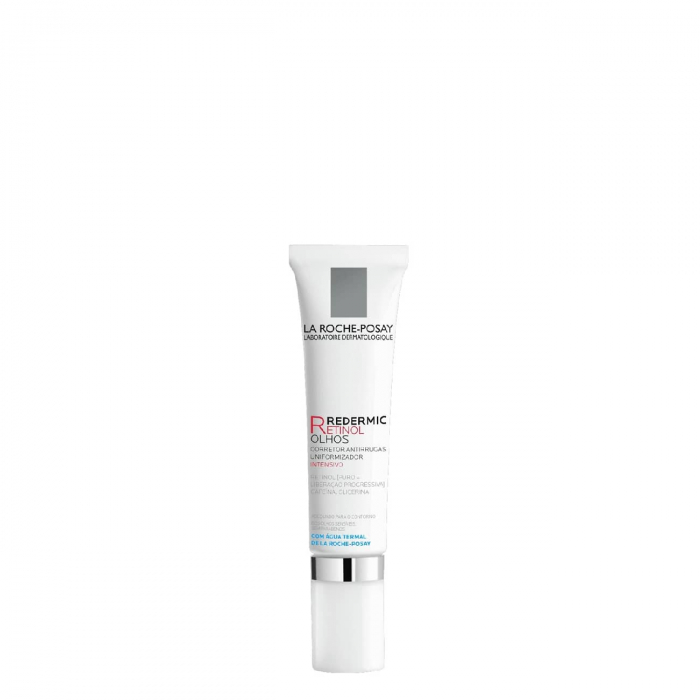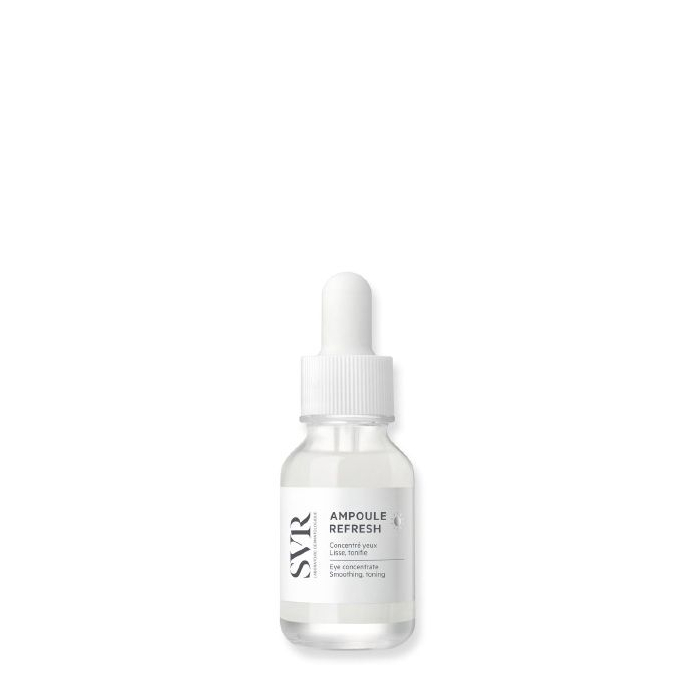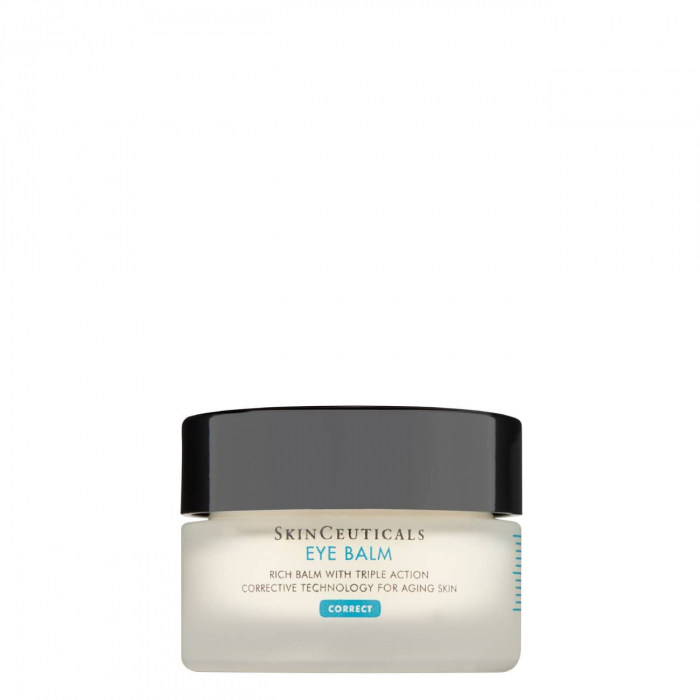Table of Contents
Are you tired of looking like a panda? And you don’t know why that happens? Well, we know – it’s called dark circles.
In today’s article, we’re going to provide you with a comprehensive guide that will teach you what dark circles are, the different types, causes, treatments, and tips to reduce and avoid them.
So, if you’re searching for some ways of helping you look fresher and more awake, just keep reading this guide.
What are dark circles under the eyes?
Dark circles under the eyes, also known as periorbital dark circles and bags under the eyes, are dark, discolored patches that appear around the eyes.
They’re caused by various factors, including blood vessel visibility, thin under-eye skin, pigmentation irregularities, lack of sleep, aging, sun exposure, genetics, etc.
What causes dark circles under the eyes?
As we mentioned before, dark circles can be caused by various factors, including:
- Genetics: It plays a significant role because some individuals are genetically predisposed to have darker pigmentation around the eyes. If your parents have dark circles, you’re more likely to develop them.
- Thin skin: The skin under the eyes is thinner and more delicate, making blood vessels and pigmentation more visible.
- Aging: As we age, skin loses collagen and elasticity and it becomes thinner, which can accentuate dark circles.
- Pigmentation irregularities: The overproduction or uneven distribution of melanin in the under-eye area can lead to darker skin. It is often due to genetic factors, sun exposure, hormonal changes, or skin-related conditions.
- Blood vessel visibility: The increased prominence of blood vessels beneath the thin skin around the eyes also, often influenced by genetics, aging, or certain health conditions, can contribute to the appearance of dark circles.
- Sleep cycle and fatigue: Lack of sleep and fatigue can cause blood vessels to dilate and appear more prominent. At the same time, insufficient rest can cause the skin to appear paler, which can make dark circles more noticeable.
- Nutrition and diet: Poor diet or nutritional deficiencies can contribute to the appearance of dark circles because it may lead to a lack of essential nutrients (vitamins K, C, and E and certain minerals), reduced collagen production, free radical damage, weakened immune function, dehydration, etc.
- Dehydration: When the body is dehydrated, the skin can become dull and dark circles more pronounced.
- Allergies: Allergic reactions can lead to inflammation and puffiness around the eyes contributing to the darkening of the under-eye area. (This condition needs to be fully accessed and confirmed by a doctor).
- Sun exposure: Excessive sun exposure can increase melanin production, leading to hyperpigmentation around the eyes, which manifests as darker patches or spots.
- Glasses: Yes, wearing glasses can cause dark circles! But don’t worry, this only happens if your frame is too heavy or too tight. The skin around the eyes is so delicate that when the glasses press too tightly against the skin around the nose and eyes, it makes the blood vessels dilate and show up through the thin skin, turning your eye contour area slightly darker.
- Rubbing or scratching the eyes: This can cause irritation and inflammation, making dark circles more noticeable.
But before we delve into treatment options, it’s essential to know the different types of dark circles.
Only after knowing this, will you be able to understand the causes and treatments to reduce and avoid dark circles

Types of dark circles
Usually, there are 5 types of dark circles: blue/purple, brown, red, grey, and puffy dark circles. Sometimes, a person may suffer from mixed bags under the eyes.
1. Blue/Purple Dark Circles
Blue or purple-toned dark circles typically indicate thin or translucent under-eye skin, which allows blood vessels to show through.
Causes:
- The thin skin around the eyes.
- Lack of sleep or fatigue.
- Genetics.
- Allergies.
Treatments:
- Topical treatments.
- Applying cold compresses.
- Prioritizing adequate sleep.
- Maintaining a balanced diet.
- Managing allergies.
2. Brown Dark Circles
Brown dark circles are usually a result of hyperpigmentation, where the skin produces excess melanin, leading to a darker appearance.
Causes:
- Sun exposure and UV damage.
- Hormonal changes, like those during pregnancy or due to contraceptives.
- Post-inflammatory hyperpigmentation (PIH) from irritation or inflammation.
- Genetic predisposition to pigmentation.
Treatments:
- Applying a broad-spectrum sunscreen with high SPF, suitable for the eye contour area.
- Topical treatments.
- Chemical peels.
- Laser therapy (performed by a dermatologist).
TIP: Discover the best sunscreens for hyperpigmentation.
3. Red Dark Circles
Red-toned dark circles are typically a result of dilated blood vessels, which can give the appearance of redness.
Causes:
- Dilated blood vessels due to genetics or thin skin.
- Allergies or inflammation leads to increased blood flow.
- Irritation from harsh skincare products or rubbing the eye area.
- Chronic eye rubbing or scratching.
Treatments:
- Topical treatments with anti-inflammatory ingredients like chamomile or green tea extract.
- Applying cold compresses.
- Managing allergies.
- Switching to gentle, fragrance-free skincare products can reduce irritation.
4. Grey Dark Circles
Grey-toned dark circles often indicate age-related factors, including thinning of the skin and reduced blood flow.
Causes:
- Age-related thinning of the skin and loss of collagen.
- Decreased blood flow and circulation in the under-eye area.
Treatments:
- Hydrating and moisturizing your face.
- Dermal fillers, administered by a trained professional, can be used to add volume and reduce the appearance of hollow areas.
5. Puffy / Hollow Dark Circles
Sometimes, it’s not about the color of the skin under the eyes, but rather, the texture.
Puffy under eyes, sometimes called eye bags, are due to an excess of fat under the eye, while hollow or sunken eyes are due to a lack of fat.
Causes:
- Genetics.
- Aging.
- Fatigue and lack of sleep.
- Diet and hydration.
- Allergies.
Treatments:
- Topical treatments.
- Cold compresses.
- Lifestyle changes.
- Dermal fillers, administered by a trained professional, can be used to add volume and reduce the appearance of hollow areas.
- Microneedling stimulates collagen production, improving skin thickness and texture.
6. Mixed Dark Circles
Mixed dark circles are a combination of different factors contributing to their appearance, such as thin skin, hyperpigmentation, and visible blood vessels.
Causes:
- Combination of various factors, which may include thin skin, hyperpigmentation, and dilated blood vessels.
Treatments:
- A personalized approach combining treatments for specific factors involved (e.g., skincare products for hyperpigmentation, cold compresses for blood vessels, etc.) is recommended.
IMPORTANT: Consulting with a dermatologist or skincare professional is crucial for accurate diagnosis and personalized treatment plans based on the specific type and cause of dark circles. They can provide expert guidance to address your unique concerns.
What medical treatment options are available to treat dark circles under the eyes?
If you’re looking for medical treatments to reduce dark circles, there are a few options: topical treatments, dermal fillers, laser treatments, and surgeries.

1. Topical treatments
Topical treatments can be effective in managing dark circles, especially when used consistently over time. Here are some commonly recommended options:
- Retinoids: These vitamin A derivatives can help thicken the skin, improve collagen production, and reduce the appearance of dark circles over time.
- Vitamin C Serums: Vitamin C is known for its brightening and anti-aging properties. It can help lighten hyperpigmentation and improve skin texture.
- Niacinamide: This form of vitamin B3 can help strengthen the skin’s barrier, improve hydration, and reduce inflammation, which can contribute to the appearance of dark circles.
- Hyaluronic Acid: Hyaluronic acid is a hydrating ingredient that can plump and moisturize the skin, reducing the visibility of fine lines and improving overall skin texture.
- Peptides: Peptides can stimulate collagen production, leading to thicker skin and a reduction in the appearance of dark circles.
- Caffeine: Applied topically, caffeine can constrict blood vessels, reducing the appearance of puffiness and darkness.
- Licorice Extract: This natural ingredient has skin-brightening properties and can help reduce hyperpigmentation.
- Kojic Acid: Derived from mushrooms, kojic acid is known for its skin-brightening properties and can be effective in reducing hyperpigmentation.
It’s important to note that consistency is key when using topical treatments for dark circles.
Additionally, using sunscreen daily is crucial to prevent further pigmentation and protect the skin from UV damage.
Always perform a patch test before introducing a new product to your skincare routine, and consult a dermatologist for personalized recommendations.

2. Dermal fillers
Dermal fillers are a great option for reducing certain types of dark circles, especially those caused by aging.
As we get older, the skin under our eyes can become thinner, creating shadows. Dermal fillers, made from safe materials, work by adding volume to this area. This fills in hollows and gives a more youthful look.
These fillers can also smooth out fine lines and wrinkles around the eyes. Some types even improve skin texture and elasticity. The results last for several months to over a year.
It’s important to note that while dermal fillers are effective for some types of dark circles, they may not be the best solution for everyone.
Consulting with a dermatologist will help determine the right approach for your specific needs.
3. Laser
Laser treatments provide a versatile and effective solution for addressing dark circles, particularly when they result from excess pigmentation or visible blood vessels.
By using precise wavelengths of light, lasers target and break down excess melanin, the pigment responsible for dark discoloration. This process helps to lighten the appearance of dark circles, promoting a more even skin tone.
Additionally, lasers can seal off visible blood vessels, reducing their prominence and alleviating dark circles caused by vascular issues.
Moreover, certain laser therapies stimulate collagen production, leading to thicker and smoother skin. This can enhance the overall texture and youthfulness of the under-eye area, further diminishing the appearance of dark circles.
Additionally, lasers can aid in improving blood circulation, which is beneficial for individuals with dark circles resulting from poor vascular flow.
It’s crucial to consult with a qualified dermatologist or medical professional to determine the most suitable laser treatment for the specific underlying cause of your dark circles and your individual skin type.

4. Surgery
This is your last option if you have already tried every treatment and product.
The truth is that surgery treatments provide long-lasting solutions for dark circles. But, they also involve more risks and downtime compared to non-surgical options.
It’s crucial to visit a qualified dermatologist or medical professional to determine what’s the best treatment for you.

What can I do at home to treat dark circles under my eyes?
There are small changes to your lifestyle and some tips that you can adopt that might be very effective in treating dark circles. And, as we said, the best part is that you can do it on your own at home.
Let’s explore some things that you can do at home to treat dark circles:
- Apply a face sunscreen and wear sunglasses to protect your under-eye area from UV-related damage. This one is by far the most important change and you should start immediately. Wear your sunscreen, even if it’s raining outside.
- Use an eye serum or cream with caffeine. These skincare products with caffeine can temporarily constrict blood vessels and reduce puffiness.
- Use eye creams that contain ingredients like retinol, vitamin C, kojic acid, and caffeine to address pigmentation and improve skin texture.
- Apply ice globes because cold can help constrict blood vessels and help de-puff your eye area.
- Apply chemical peels because they can improve skin texture and reduce pigmentation, making dark circles less noticeable.
- Apply cooled tea bags (chamomile or green tea) to your eyes (remember to keep them closed).
- Ensure you get 7-9 hours of quality sleep each night.
- Keep a balanced diet, rich in vitamins and antioxidants.
- A study found that placing cucumber slices on your closed eyelids relaxes the skin and alleviates irritation or swelling around the eye, due to the cooling effect of cucumber.
- Keep a teaspoon in the freezer every night and place it over your closed eyelids in the morning for a minute or two. It will help reduce puffiness.
- Massaging the under-eye can also help with puffiness.
- Makeup is also a great way for you to cover your dark circles. Make sure you choose the right concealer and if needed use a corrector.
- Avoid rubbing or pulling the skin around your eyes for it is delicate.
- If you have allergies, you should talk to your doctor and make sure you’re doing everything possible to keep them under control.
- Give your skin some red light therapy.
TIP: Please keep in mind that products containing retinol should be used in your night routine because it makes the skin more sensitive to UV radiation from the sun. So, using retinol at night reduces the risk of potential sunburn and sensitivity, as it allows the product to work while you sleep, away from direct sunlight.
Skincare products to tackle bags under the eyes



FAQ
Yes, they are. There are natural causes that explain the appearance of dark circles: genetics, lack of sleep, diet, dehydration, etc.
Not all of them can be permanently removed. Depends on what causes them.
Yes. Genetic dark circles are really hard to reverse.
Yes, but once again it depends on what causes them. If it’s genetics they’ll most likely appear again anytime in the future.
No, even with surgery they will not disappear right away. It takes time and consistency.
Yes, they can come from lack of sleep. Your sleep cycle will always influence your skin.
Conclusion
In conclusion, understanding the various types, causes, and treatment options for dark circles is a crucial step toward effectively addressing this common skincare concern.
Whether you’re dealing with blue/purple, brown, red, grey, or mixed dark circles under the eyes, there are tailored approaches to help reduce their appearance.
From topical treatments and dermal fillers to laser therapy and, in some cases, surgery, consulting with a dermatologist or skincare professional can guide you toward the most suitable solution.
Additionally, adopting healthy lifestyle habits and incorporating skincare products with key ingredients can complement professional treatments.
Remember, consistency is key, and patience is your ally when it comes to achieving brighter, refreshed eyes.
By taking a personalized approach and seeking professional advice, you can confidently address bags under the eyes and enjoy a more vibrant and youthful appearance.
